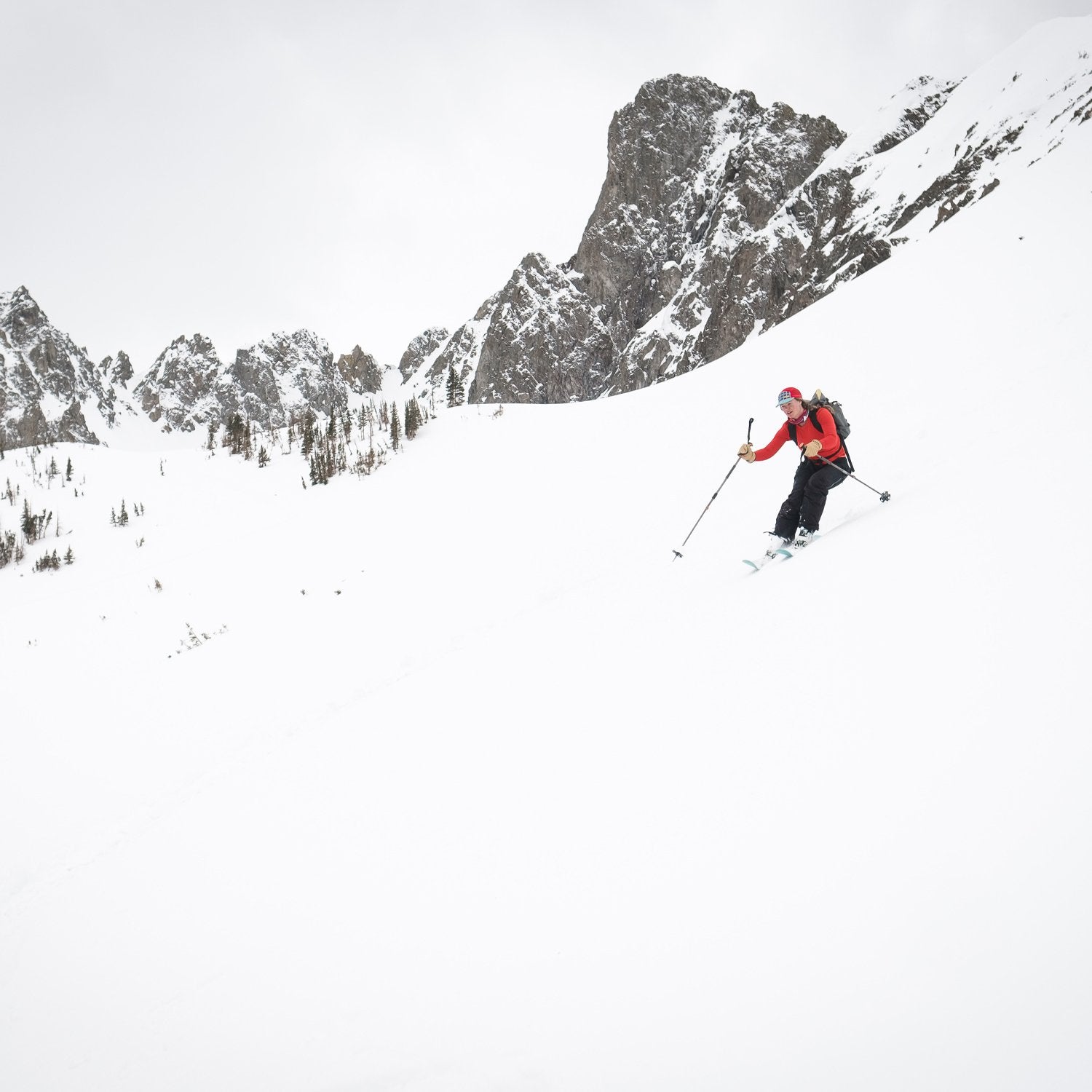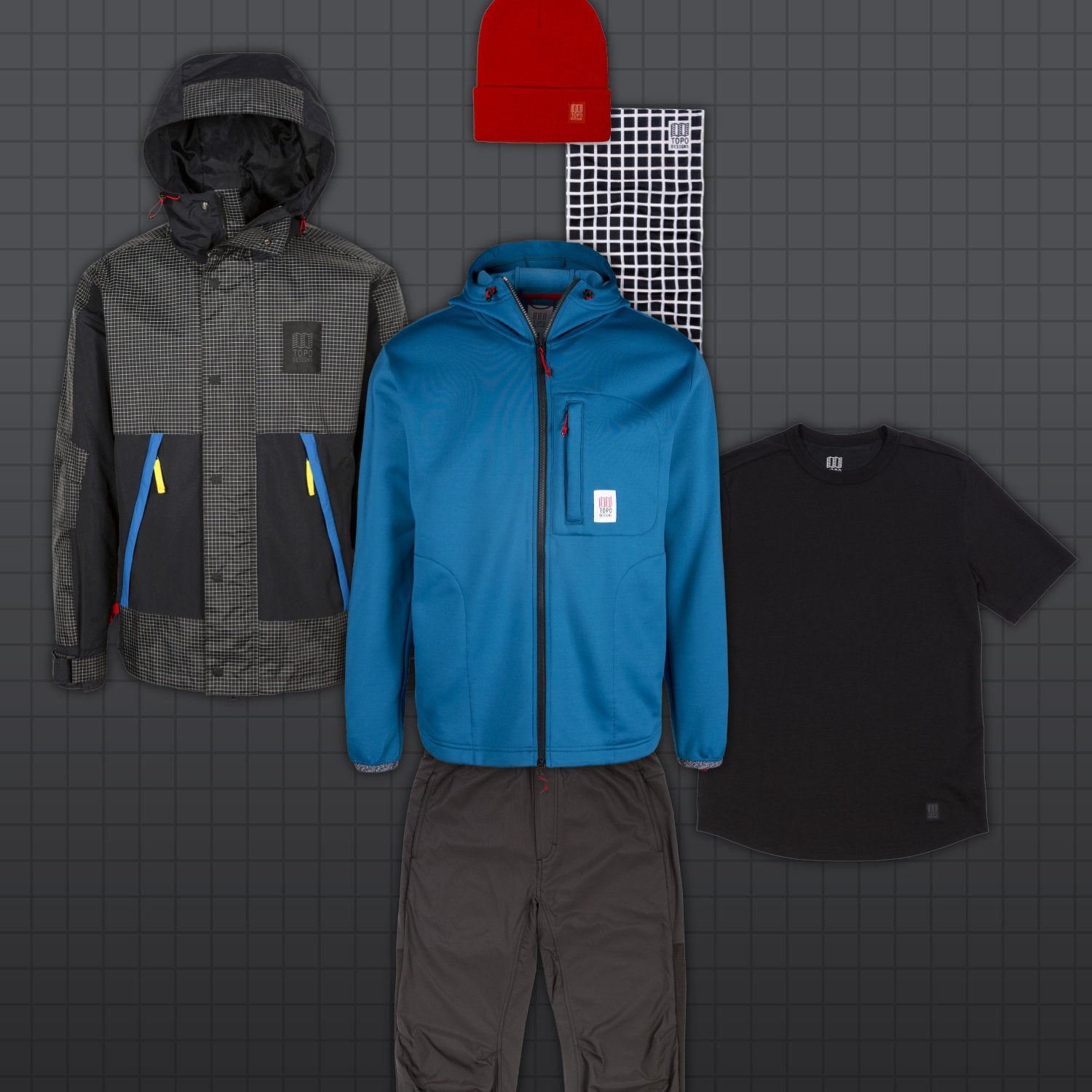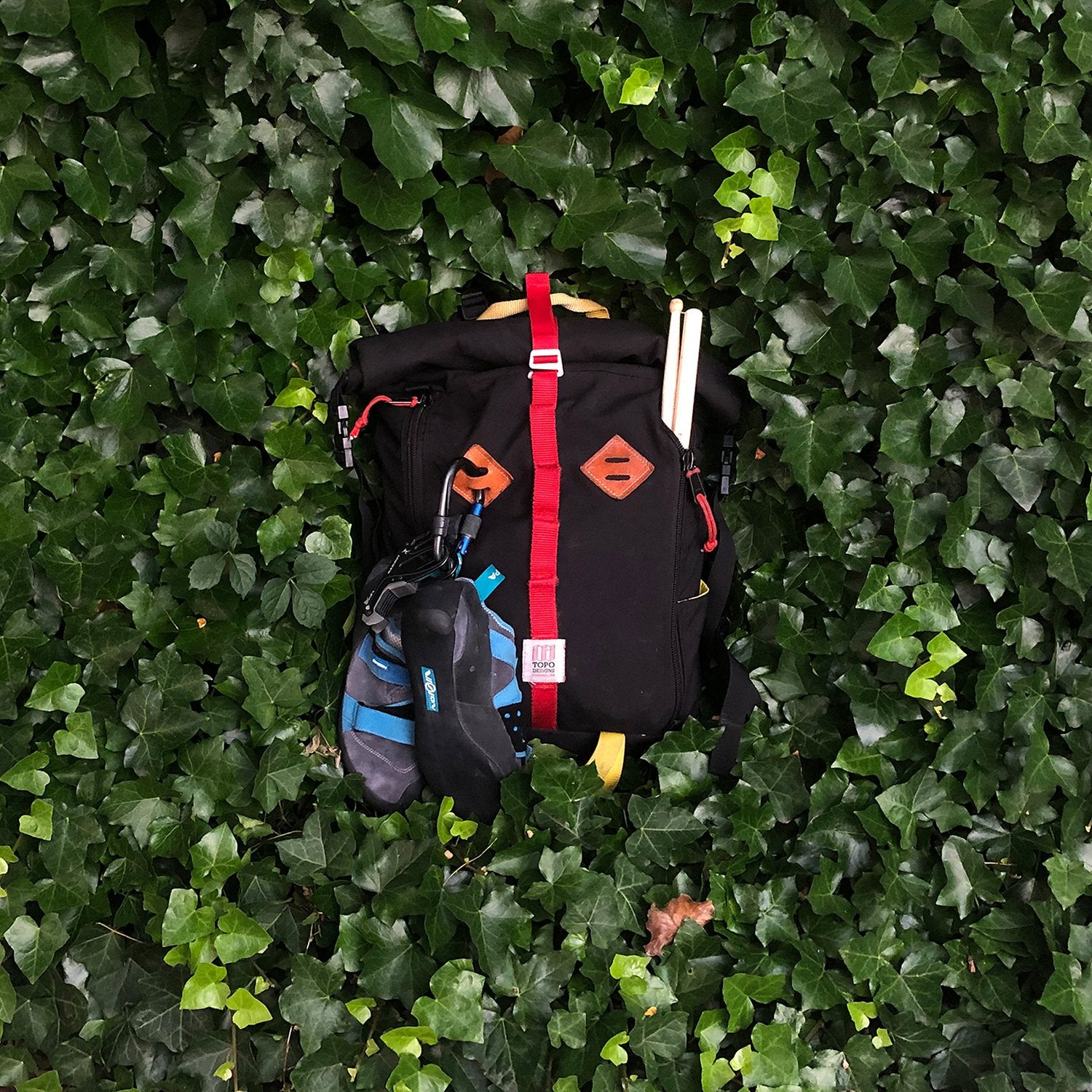
It’s All Uphill From Here: Backcountry Basics
We figured we're not the only ones thinking about finally taking the leap to backcountry skiing this year, so we called on our longtime ambassadors and backcountry enthusiasts Kersten Vasey and Matt Bowers to break down the basics for us.
Read on to find out what you need to know and what you need to do to make the leap with us this year.
The mountains in the winter offer a kind of solitude and quiet that is rarely experienced: true social distancing. While ski resorts this season have had to limit skiers and snowboarders through reservation systems due to the pandemic, the backcountry has seen an explosion of new visitors. The backcountry belongs to everyone, but knowledge is imperative. Traveling through the mountains in the winter poses very specific dangers: avalanches, freezing temps, and dangerous storms. Despite the dangers, the benefits are endless: hut trips with friends, untouched powder, remote vistas and more. We’ve made a by-no-means-exhaustive list of tips to consider before you make the decision to ditch the lifts.

Educate Yourself
Before you take your first step into the backcountry, your most valuable tool is knowledge. Ask friends, attend a free avalanche education talk hosted by a local gear shop, and do a deep dive on the internet (some of our favorites are below). However, there is no substitute for an avalanche education course provided by AIARE (American Institute for Avalanche Research Education). A mix of coursework on and off the snow over three days will teach you how to properly plan a tour while avoiding avalanche-prone terrain. You’ll also meet like minded and knowledgeable peers who may make perfect backcountry partners. Check out available locations and providers here. Courses are expensive, but many locations and brands offer scholarships, so be sure to seek them out.

Get the Gear
Unfortunately, avalanche safety gear (a beacon, shovel, and probe at minimum) is expensive, but mandatory for those that travel in avalanche terrain. This goes for anyone in the alpine — not just skiers or splitboarders. Practice with your gear regularly, and maintain good gear habits: do beacon and gear checks with your crew before every tour and always turn your beacon on when you leave the car. If “practice” sounds boring, bury your buddy’s car keys with a beacon and see how long it takes them to track them down.
If you’ve got the requisite touring gear but no partner or avalanche safety gear, or just want to practice in a safe environment, uphilling at a resort is a great option. Uphill policies vary widely by resort, so make sure to go to the resort’s website to check its policies before heading up.

Phone a Friend
All of the gear above is completely useless if you are in the backcountry alone. Beacons, shovels, and probes are rescue tools that won’t do any good without a person to do the actual rescuing. We can’t stress this enough: you should NEVER travel in avalanche terrain solo. Besides, who is going to take that sweet instagram of you on the summit?

Make a Plan (and Stick To It)
Safety gear, search techniques, and partner travel are all required to mitigate negative consequences in the event of an avalanche. However, the greatest life saving tool is to avoid avalanches all together. This all comes down to planning and decision making. Before we head into the backcountry, we check the weather, our local avalanche forecast here (download your local app!), and discuss what problems to look for (and avoid) the following day. No matter how enticing the powder is, if it’s in a problematic area (too steep, wrong aspect, signs of instability), we avoid it and stick to the plan.

Play it Safe
It goes without saying that this is not the year to push boundaries. As hospitals are already overburdened by COVID patients, the last thing you want to do is add to that burden with an injury in the mountains. Small mountain towns typically have fewer hospital beds and resources than cities; we also need to be conscious of where we are recreating and potentially exposing others to COVID. Consider sticking to backcountry travel in your own neck of the woods, and know your limits. The mountains will still be here tomorrow, and the next day, and next year. Whether you are getting into the backcountry for the first time or the thousandth time, there are always more skills to learn, more turns to earn, and remember that any tour is a good tour when it ends safely on your tailgate.
Resources
Colorado Avalanche Information Center
- avtraining.org/scholarships
- westonbackcountry.com/pages/aiare-scholarship
- nytimes.com/projects/2012/snow-fall
Matt and Kersten have been part of #TeamTopo since the beginning. Kersten is a freelance creative and producer (view her work here) while Matt is a professor of molecular biology. Based near the foot of Pikes Peak in Colorado Springs, they enjoy all that sunny Colorado has to offer: skiing, climbing, trail running, and mountain biking year round.







